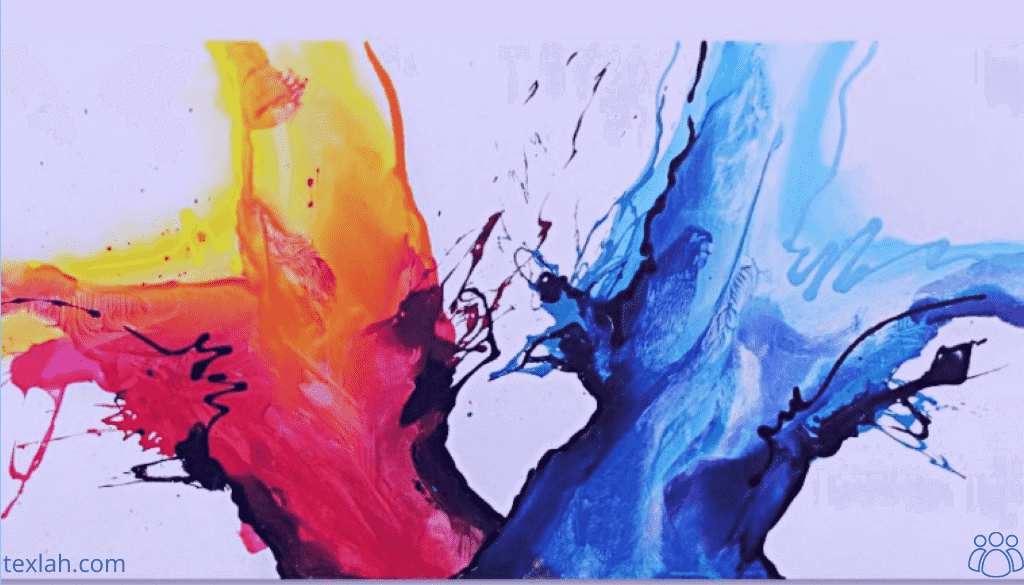
Achieving Artistic Excellence: Understanding Harmony and Variety in Works of Art
Art, a timeless form of expression, captures the essence of creativity and individuality. When assessing a work of art, the concepts of harmony and variety play pivotal roles in determining its aesthetic value and overall impact. In this article, we delve into the significance of harmony and variety, exploring how they contribute to the artistic excellence of a piece. Thus, explore "Understanding Harmony and Variety in Works of Art".
Harmony in Art
Harmony in art refers to the visual elements coming together to create a sense of completeness and unity. It involves the use of elements such as color, shape, and form in a way that is pleasing to the eye. A harmonious artwork is characterized by a sense of order and balance, where each component contributes to the overall visual experience without overwhelming the viewer.
Artists achieve harmony through careful color palettes, balanced compositions, and a thoughtful arrangement of elements. For instance, a painting with a complementary color scheme, where colors opposite each other on the color wheel are used, can evoke a harmonious feeling. Similarly, the strategic placement of shapes and forms can contribute to a cohesive and harmonious visual narrative.
Variety in Art
On the other hand, variety introduces diversity and interest to a work of art. It is the deliberate inclusion of contrasting elements that add excitement and intrigue. Variety prevents monotony, capturing the viewer's attention and encouraging exploration of the artwork.
Artists employ various techniques to introduce variety, such as contrasting colors, textures, and shapes. A painting with a mix of warm and cool tones, for example, creates a dynamic visual experience. Additionally, incorporating different textures or juxtaposing organic and geometric forms can add layers of complexity and visual interest to the composition.
Harmony and Variety in Unison
The interplay between harmony and variety is what elevates a work of art to a higher level of aesthetic appeal. Striking the right balance is crucial; too much harmony may result in a lack of visual interest, while excessive variety can lead to chaos. Successful artists master the art of combining these elements seamlessly.
Consider a well-executed abstract painting, where harmonious color choices create a sense of balance, while varied brushstrokes and textures introduce an element of surprise. The delicate equilibrium between unity and diversity allows the viewer to engage with the artwork on multiple levels, fostering a deeper appreciation for its complexity.
Conclusion: Understanding Harmony and Variety in Works of Art
In conclusion, the presence of harmony and variety in a work of art is paramount to its success. Artists, whether consciously or intuitively, navigate the delicate dance between order and diversity to create visually compelling pieces. Understanding the role of harmony and variety not only enhances our appreciation for art but also provides valuable insights into the artist's intent and the visual language they employ. As we continue to explore and interpret the vast world of art, recognizing the symbiotic relationship between these elements enriches our understanding of the artistic experience.
Read More: A Work of Art is Considered Prehistoric if it is
You Can explore more insightful content from Texlah.